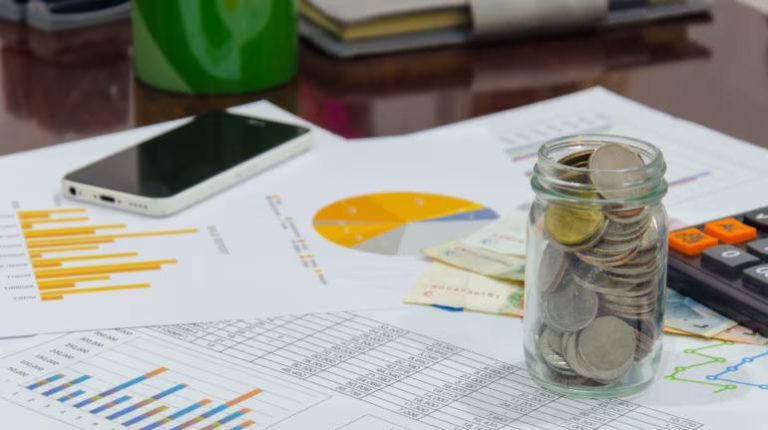
Govt proposes 5% and 18% GST slabs, tobacco & pan masala at 40%: Reports
The Indian government has proposed a significant overhaul of the Goods and Services Tax (GST) structure, recommending two tax slabs of 5% and 18%, according to reports quoting government sources. The reports further suggest that sin goods like tobacco and pan masala will face a 40% GST. The proposal has been reportedly sent to the GST Council for further consideration and approval.
The 5% GST slab is likely to include essential items such as foodgrains, milk, and fruits, which are currently taxed at a higher rate. This move aims to reduce the burden on the common man and make the tax regime more consumer-friendly. The 18% GST slab is expected to cover a wide range of goods and services, including textiles, electronics, and automobiles, which are currently taxed at different rates.
The proposal to increase the GST rate on tobacco and pan masala to 40% is a significant move, as these products are considered harmful to public health. The government has been pushing for a higher tax on these sin goods to discourage their consumption and generate more revenue. The increased GST rate is expected to result in a significant increase in the tax revenue, which can be used to fund various public health initiatives and programs.
The proposal has been welcomed by many experts, who believe that it will help to simplify the GST regime and reduce the complexity of tax compliance. The two-slab GST structure is expected to make it easier for businesses to comply with the tax laws, as they will not have to worry about different tax rates for different goods and services.
However, some experts have raised concerns about the potential impact of the proposal on the economy. They argue that increasing the GST rate on essential items like foodgrains and milk may lead to higher prices, which could negatively impact the poor and vulnerable sections of society. They also argue that the proposal may lead to a shift in the tax burden from the rich to the poor, which could exacerbate income inequality.
Despite these concerns, the government is expected to push ahead with the proposal, which is seen as a key step towards simplifying the GST regime and making it more efficient. The government has been working to improve the GST regime since its introduction in 2017, and this proposal is seen as a major step forward in achieving this goal.
The proposal is also expected to have a significant impact on the Indian economy, which is one of the fastest-growing economies in the world. The GST regime has been instrumental in boosting economic growth, and the proposed changes are expected to further enhance its impact. The increased tax revenue generated by the proposed changes is expected to be used to fund various infrastructure projects and initiatives, which will help to drive economic growth and create new opportunities.
In conclusion, the government’s proposal to introduce a two-slab GST structure, with tax rates of 5% and 18%, is a significant move that aims to simplify the tax regime and reduce the burden on the common man. The proposal to increase the GST rate on tobacco and pan masala to 40% is also a welcome move, as it aims to discourage the consumption of harmful products and generate more revenue for public health initiatives. While there are concerns about the potential impact of the proposal on the economy, it is expected to have a positive impact on the overall tax regime and the Indian economy.
News Source:
https://x.com/PTI_News/status/1956324453438406706






